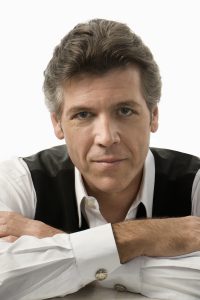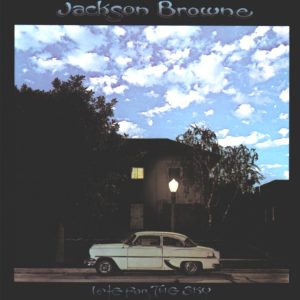There’s a magical point in writing a novel when I start seeing the whole story laid out in front of me, when I think I know how one thing leads to another, how the pieces fit. The conceptual outlines I make for chapters start being what really happens in those chapters rather than wild stabs at where the story might be going. I start to hear the voice of my narrator whispering in my ear, telling me how relieved she is that I have finally begun to get her story right. I start to know instinctively how she will react in a given situation, to understand her sense of humor as well as her soft, vulnerable underbelly, and her most secret desires.
It’s a huge turning point in a novel because I know from that point forward my role will change from inventor to discoverer. It’s difficult to explain this to non-writers, but every novelist will understand what I mean. Of course we still write every word of our books, but the words seem to come from someplace else, as if there really are people out in the ether who have somehow managed to get into our heads and are telling us what really happened to them so many years ago. Forgotten for centuries, they are speaking again through us. We are not making it up. We are recording what we are learning from them, being pointed in directions the story must go to be true.
Before I became a novelist I used to roll my eyes when writers would talk as I am talking now. “Oh, right,” I would think. “They’re just channeling ghosts, just writing it all down. Sure.” I didn’t see how it was possible that writers could get to the point where they lose the feeling that they are creating something strictly from their own imagination, making it all up as they go along. But it does happen.
I’m pragmatic by temperament, impatient with supernatural explanations of things, but I do sometimes think that I have tapped into stories of people who really existed, stories that have been overlooked, forgotten. Maybe I’m putting my own shape to the details or getting some of them wrong, but I believe that the lives I write about were actually lived by someone, sometime, somewhere. I want to get it right because they want to be heard.
And once they know they have me hooked they are merciless, disturbing my sleep, distracting my days. “Come on,” they say, “I’ve been waiting a long time for you to hear me whispering to you.” Hold on a minute, Aya ( she’s my new heroine)–I’m typing as fast as I can!



